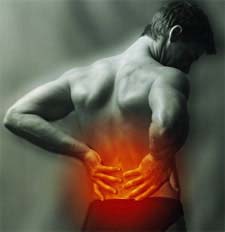 Prolotherapy involves injecting an otherwise non-pharmacological and non-active irritant solution into the body — generally in the region of tendons or ligaments — to strengthen weakened connective tissue and alleviate musculoskeletal pain.
Prolotherapy involves injecting an otherwise non-pharmacological and non-active irritant solution into the body — generally in the region of tendons or ligaments — to strengthen weakened connective tissue and alleviate musculoskeletal pain.
A group of American researchers reviewed the evidence and found it lacking.
The theory behind prolotherapy is simple. An injected substance causes local inflammation. This starts the wound-healing cascade, resulting in new collagen, which shrinks as it matures. The shrinking collagen tightens the ligament that was injected and makes it stronger.
In prolotherapy, 4 types of solutions have been used.
- Osmotic (eg, hypertonic dextrose)
- Stimulates an influx of inflammatory cells to initiate wound healing at the specific area.
- Irritant/hapten (eg, phenol)
- Attaches to the cell surfaces at the injection sites and makes them susceptible to the immune system.
- Particulate (eg, pumice flour)
- Attracts macrophages (white blood cells) to the site to cause a response that initiates collagen tissue growth.
- Chemotactic (eg, sodium morrhuate)
- Attracts the immune cells to the injured area and causes an inflammatory response.
The authors identified 5 reviews and 6 studies in humans related to prolotherapy for chronic low back pain.
The bottom line?
Prolotherapy has been used for more than 60 years. It has a reasonable but unproven theoretical basis, a low complication rate, and conflicting evidence of efficacy.
There were positive results in 2 studies where prolotherapy was combined with spinal manipulative therapy and exercise.
However, the authors concluded, it’s not possible to separate the benefits of prolotherapy from the other treatments because “there is no evidence of efficacy for prolotherapy injections alone without cointerventions.”
1/6/08 11:11 JR